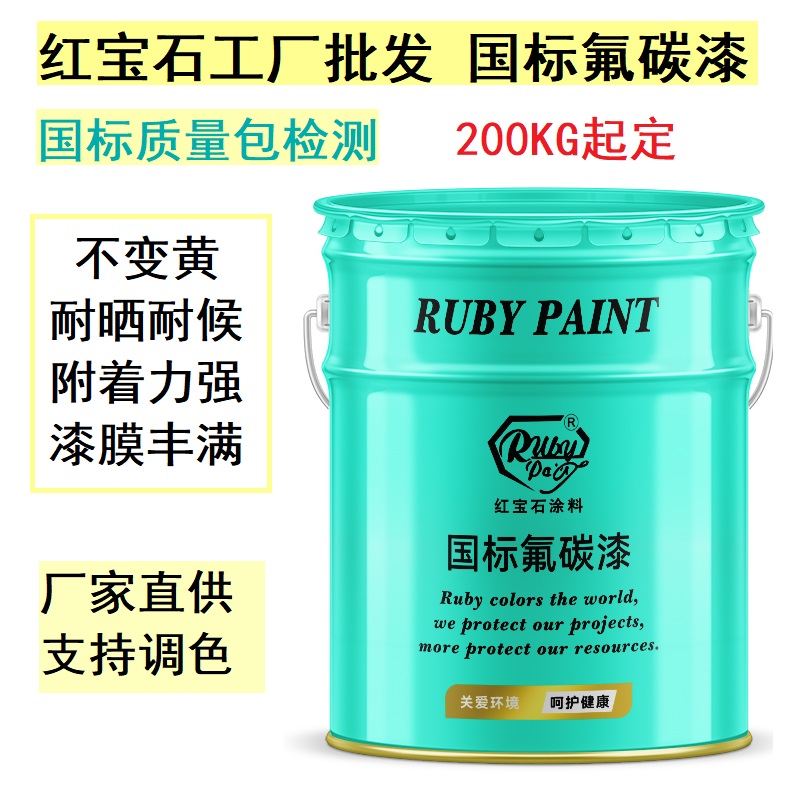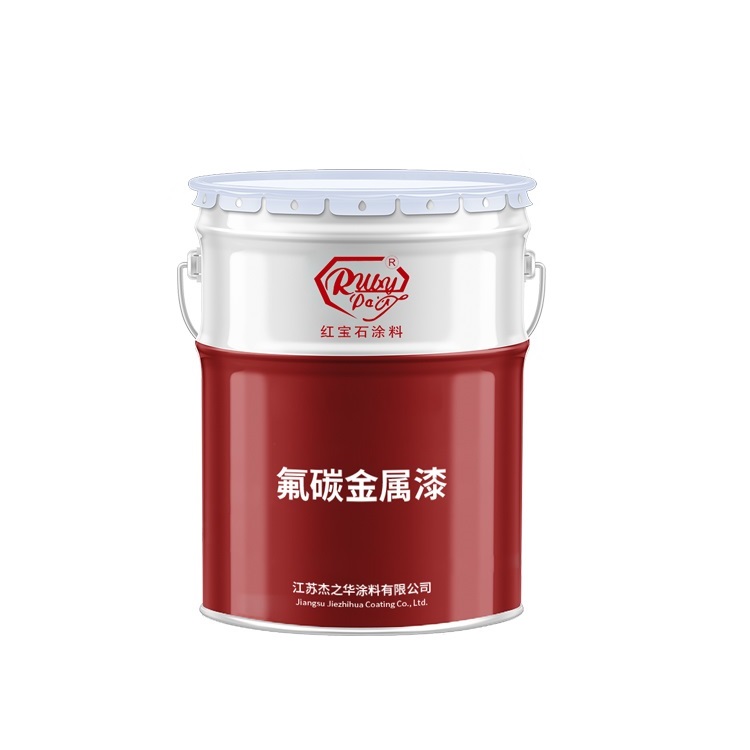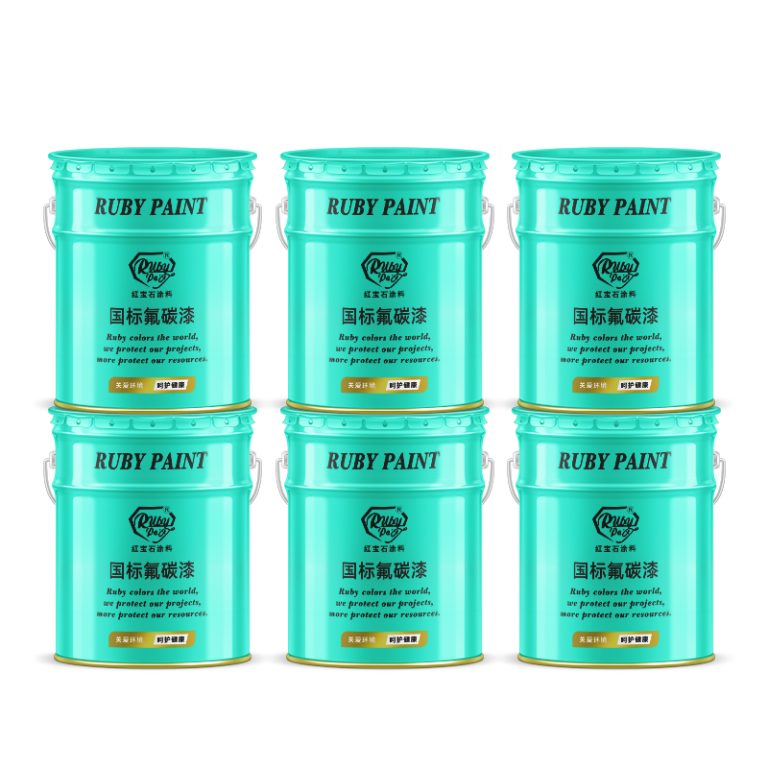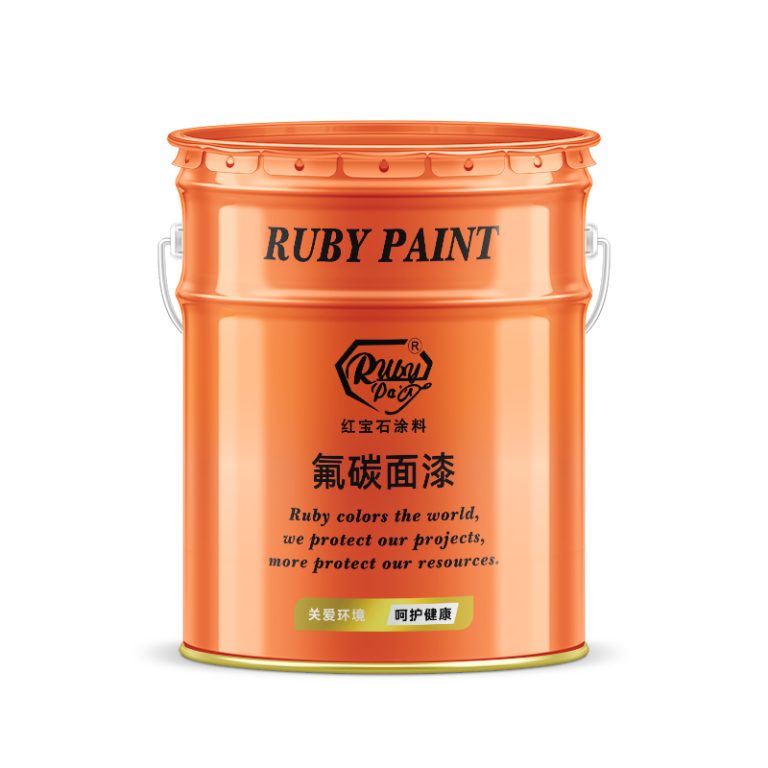Table of Contents
Benefits Of Using White Heat Resistant Paint For Your Fireplace
White heat resistant paint for fireplaces is an innovative solution that offers numerous benefits to homeowners looking to enhance the appearance and functionality of their fireplace. This specialized paint is designed to withstand high temperatures, making it an ideal choice for surfaces that are exposed to heat, such as the interior and exterior of a fireplace. By choosing white heat resistant paint, homeowners can enjoy a fresh, modern look while ensuring the safety and longevity of their fireplace.
| No. | Name |
| 1 | Fluoracarbon middle paint |
One of the primary benefits of using white heat resistant paint for your fireplace is its ability to reflect heat. The reflective properties of the white color help to distribute heat more evenly throughout the room, improving the efficiency of the fireplace. This can lead to lower heating costs during colder months, as the heat is better utilized to warm the living space rather than being absorbed by the fireplace itself. Additionally, the reflective nature of the white paint can make the room feel brighter and more spacious, enhancing the overall ambiance of the area.
Another advantage of white heat resistant paint is its durability. This type of paint is specifically formulated to resist cracking, peeling, and fading even when exposed to high temperatures. This ensures that the fireplace maintains its pristine appearance over time, without the need for frequent touch-ups or repainting. The durability of the paint also means that it can protect the underlying materials of the fireplace from heat damage, potentially extending the lifespan of the fireplace and reducing the need for costly repairs or replacements.
Furthermore, white heat resistant paint is versatile and can be used on a variety of surfaces. Whether your fireplace is made of brick, stone, metal, or another material, this paint can adhere well and provide a smooth, even finish. This versatility allows homeowners to achieve a cohesive look throughout their fireplace, regardless of the materials used in its construction. Additionally, the paint can be applied to both the interior and exterior surfaces of the fireplace, providing protection and aesthetic enhancement to all areas exposed to heat.
The use of white heat resistant paint also offers environmental benefits. By improving the heat efficiency of the fireplace, this paint can help reduce the amount of wood or other fuels needed to generate warmth, thereby decreasing the production of smoke and emissions. This can contribute to better air quality both inside and outside the home, making it a more eco-friendly option for heating.
In conclusion, white heat resistant paint for fireplaces provides a multitude of benefits that make it an attractive choice for homeowners. Its ability to reflect heat improves the efficiency and ambiance of the room, while its durability ensures that the fireplace remains in excellent condition for years to come. The versatility of the paint allows it to be used on various surfaces, and its environmental advantages make it a responsible choice for heating. By opting for white heat resistant paint, homeowners can enjoy a stylish, functional, and sustainable fireplace that enhances the comfort and beauty of their living space.
How To Apply White Heat Resistant Paint On Your Fireplace
White heat resistant paint is an excellent choice for updating and protecting your fireplace. It not only refreshes the appearance but also provides a protective barrier that can withstand high temperatures. Applying this type of paint requires careful preparation and attention to detail to ensure a long-lasting finish. Here’s a step-by-step guide on how to properly apply white heat resistant paint to your fireplace.
Before you begin, it is crucial to thoroughly clean the surface of your fireplace. Any dirt, soot, or debris can prevent the paint from adhering properly, leading to an uneven finish. Start by using a wire brush to scrub away any loose particles. Follow this by wiping down the surface with a damp cloth to remove finer particles and dust. If there are any greasy spots, use a degreaser to ensure the surface is completely clean. Allow the fireplace to dry completely before proceeding to the next step.
Once the cleaning is done, the next step is to protect the surrounding areas from paint splatters. Use painter’s tape to cover any adjacent walls, mantels, or hearth areas that you do not want to paint. Lay down drop cloths or old newspapers on the floor to catch any drips. This preparation helps in achieving a neat and professional-looking finish.
Now, it’s time to prime the surface. Priming is essential, especially if you are painting over a darker color or if the surface has been previously painted. A heat-resistant primer will provide a good base for the paint to adhere to and will also help in achieving a vibrant white color. Apply the primer using a brush or roller designed for high-temperature applications. Make sure to cover the entire surface evenly and allow the primer to dry completely as per the manufacturer’s instructions.

| Number | Name |
| 1 | Fluoracarbon primer paint |
After the primer has dried, you can begin applying the white heat resistant paint. It is advisable to use a paint that is specifically formulated to withstand high temperatures, often labeled as suitable for stoves, furnaces, or fireplaces. Stir the paint thoroughly before use to ensure any settled pigments are well mixed. Apply the paint in thin, even coats using a brush or roller. It is better to apply multiple thin coats rather than one thick coat to avoid drips and to ensure even coverage.
Allow the first coat of paint to dry completely. The drying time can vary depending on the brand and type of paint, so refer to the manufacturer’s instructions. Once the first coat is dry, assess the coverage and apply a second coat if necessary. Two coats are often recommended for the best opacity and protection.
Finally, once the final coat of paint has dried, carefully remove the painter’s tape and clean up any drips or splatters. Allow the paint to cure for the recommended time before using the fireplace. This curing process is crucial as it allows the paint to fully harden and achieve its maximum heat resistance.
By following these steps, you can successfully apply white heat resistant paint to your fireplace, giving it a fresh, updated look while also enhancing its durability and safety. With the right preparation and application, your newly painted fireplace will be a beautiful and functional focal point in your home for years to come.






